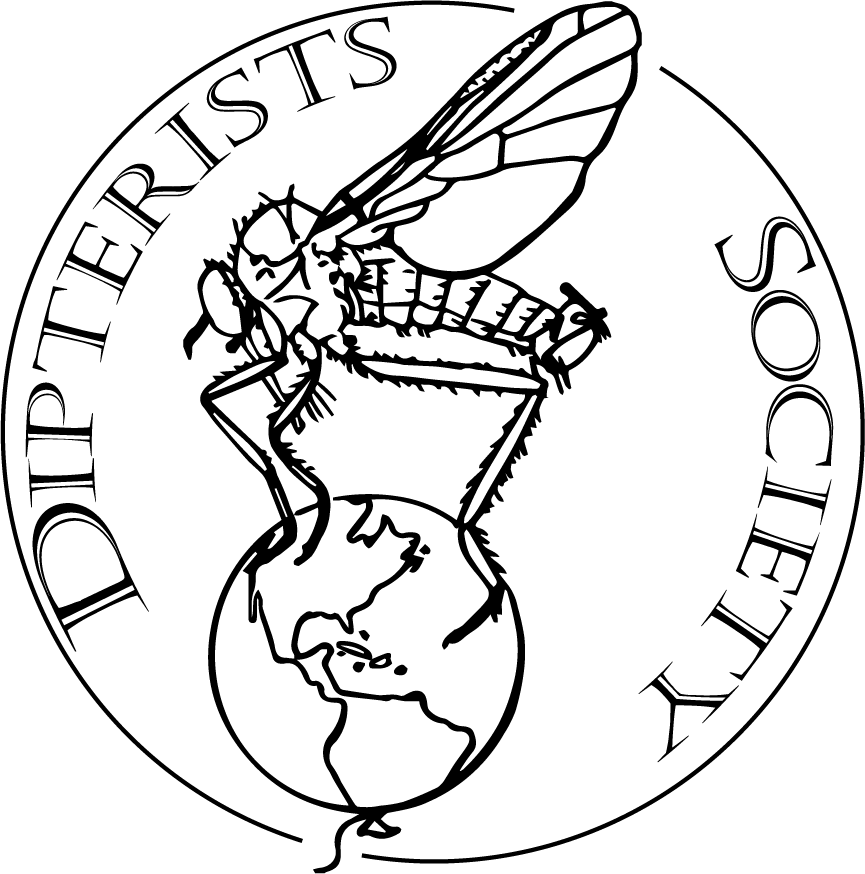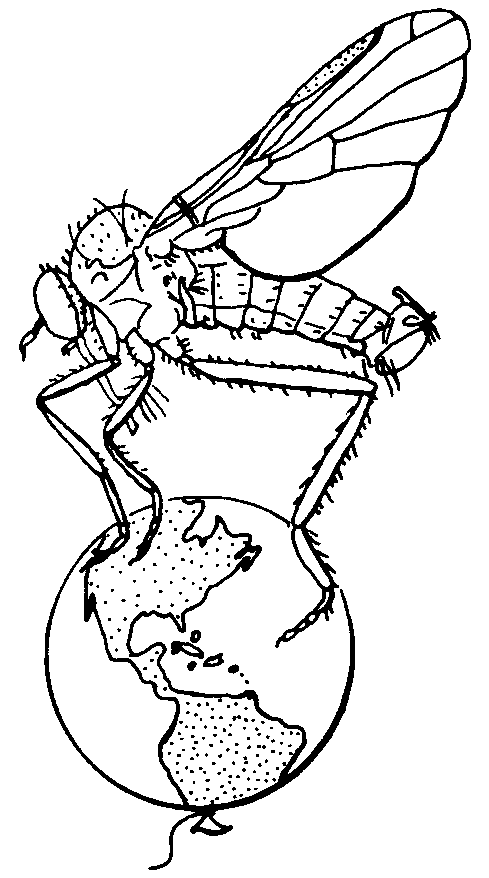
Dipterists Society
An International Society for Dipterology





The Dipterists Society is a 501(c)(3) nonprofit organization, incorporated in the state of California on 27 November 2019. We are an international society of dipterists and Diptera-enthusiasts, serving the needs of the worldwide dipterist community. This society sprang from the foundation provided since 1988 by the North American Dipterists Society.
Why Dipterists? The insect order Diptera (true flies) is one of the four megadiverse clades of animal life, second in size only to the order Coleoptera (beetles). With a worldwide diversity of more than 150,000 species described, and estimates going beyond 1 million, this order represents 10% or more of all animal diversity on earth. Like many insect groups, flies are vastly understudied despite their enormous importance not only to ecosystems, but also to humanity. From an ecological standpoint, flies represent the greatest diversity of lifestyles of any insect order, being found in nearly all habitats on earth. A species of Diptera is the only insect and largest purely terrestrial animal native to Antarctica, and flies are one of the handful of orders that have entered the marine environment. Among the breadth of lifestyles represented by the order are pollinators, internal and external parasites, parasitoids, predators, saprophages, fungivores, aquatic filter feeders, leaf and stem miners, herbivores, blood feeders, disease vectors, gall-formers, dung and carrion feeders. Although most of these lifestyles are represented within different insect orders, only Diptera display the full range, making them the ecologically most diverse order of animals. Flies also have numerous extremophiles and groups with unique habits, such as those living in hot springs, devouring insects on top of crude oil puddles, developing in great numbers in highly saline lakes like Mono Lake, feeding below animal (including human) epidermal layers, attracting prey in cave habitats using internally-produced light, rapidly recycling animal carcasses and waste products, living in the gills of crabs, developing inside the gut of rhinos, and on the shed antlers of moose. Although many of these lifestyles can be seen within different insect orders, only Diptera display the full range, making them the ecologically most diverse order of animals.
From a human perspective, certain flies are of great benefit, being used as our most important model organisms furthering our understanding of genetics and development (e.g., Drosophila), as bio-indicators for conservation programs and environmental quality assessment (e.g., chironomid midges), as pollinators second only to bees and wasps, as biological control agents against weeds and other pests, and as a primary food source for many of the vertebrates we enjoy viewing and eating. On the other hand, certain species could be considered a scourge to humankind as vectors of the microorganisms that cause humanity’s most devastating diseases such as malaria, dengue fever, yellow fever, West Nile fever, Zika fever, Japanese, eastern equine and other encephalitides, lymphatic filariasis, and African sleeping sickness. Their role as disease vectors makes them by far the deadliest animals to humankind, in addition to some being general nuisances biting and buzzing around people. Furthermore, flies are the most important insect group causing damage to our food supply, including feeding on fruits, leaves, stems and roots of plants that we eat, harming livestock and other animals, and spreading food-borne illnesses.
Beyond their visible effects, both positive and negative, flies are marvelously diverse and biologically interesting and have much to teach us about life on earth. Considering that 1 of every 10 animal species on earth is a fly and scientists have only named around 10% of the world’s biodiversity, there is still great potential for exploration, discovery, teaching and learning in dipterology.
The large number of avocational naturalists, citizen scientists and professional entomologists worldwide is evident in the huge online communities focused on biodiversity who share observations and photographs of insects and related invertebrates such as the social networks iNaturalist.org, flickr.com, BugGuide.net and Facebook. As an example, iNaturalist (which covers all biodiversity) has (as of September 2024) over 3.3 million registered members, with nearly 490,000 species observed among nearly more than 211 million individual observations. These kinds of numbers were unheard of just a few years ago. Of these individual observations more than 4.8 million of these were of flies, representing more than 17,000 species. While that number is impressive, it only represents 2.3% of the observations, nowhere near their actual relative diversity. Despite the growing interest in learning about flies, we are a long way from having the general public thinking of them as more than pests and a nuisance. The Dipterists Society is a community of people disseminating and communicating scientific and popular knowledge about flies, and advancing the scientific study, understanding and appreciation of the group.
Among the core activities of the Dipterists Society are producing scientific and popular publications about flies, maintaining this organizational website and social media presence, organizing and undertaking various conferences, meetings, field activities, outreach events and seminars about flies, and providing grants for Diptera-related activities and awards recognizing accomplishments in dipterology, and performing outreach activities.